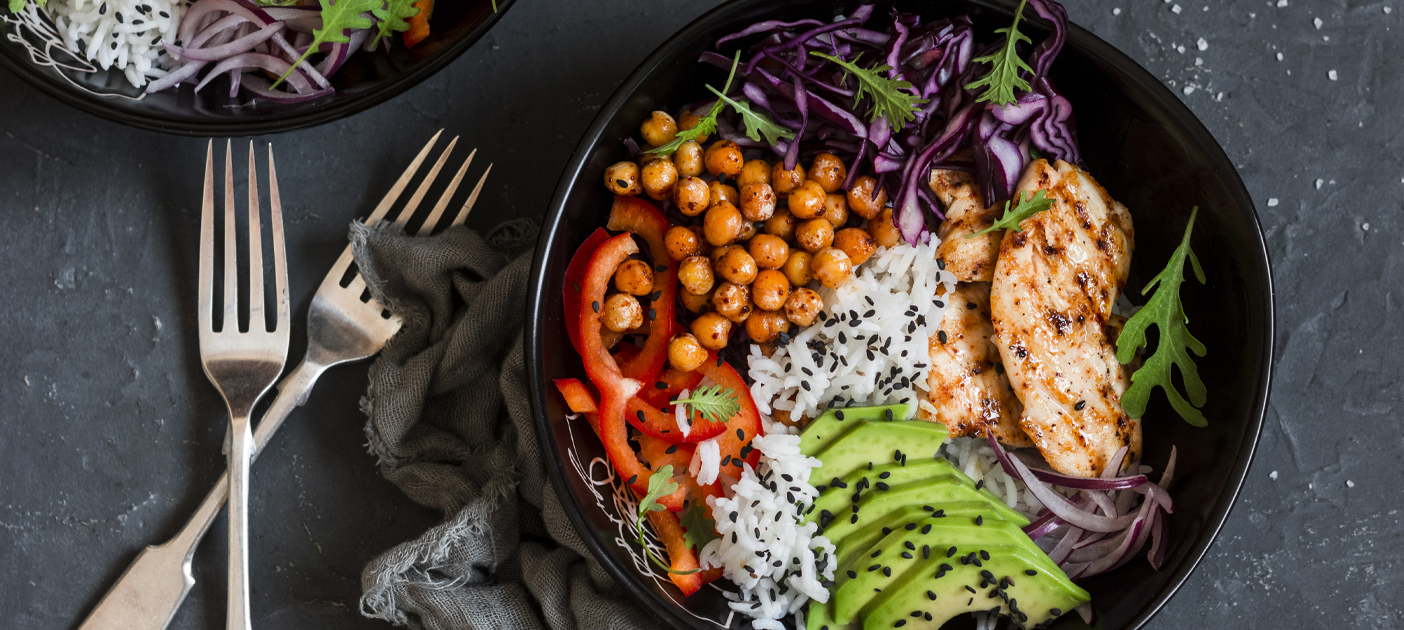How millennials are changing what and how we eat
Discover the latest dining trends influenced by the younger generation.
Millennial consumers are disrupting the entire dining landscape. We look at how this generation’s tastes and attitudes are driving change.
Millennials born in the digital age with global connectivity at their fingertips are rapidly disrupting consumer lifestyle industries. Everything from entertainment to fashion is impacted, including the dining landscape.
Research shows that millennials’ dining habits are distinctly different from baby boomers. For the food and beverage sector, understanding what and where millennials eat, and how they perceive the concept of dining, is vitally important.
Millennials love food: The growing popularity of “food bowls”.
Millennials love food. What’s more, their taste preferences and how they want their food presented are changing.
Take the food bowl trend, for example, which is being driven by millennials’ always-on-the-go lifestyles and their preference for convenient all-in-one meals.
Yet while convenience remains a high priority, this generation is less willing to embrace fast food because of its negative health connotations. According to The Halo Group, eight out of 10 millennials recognise the importance of healthy eating.

Millennials love dining out: Convenience + Experience.
Millennials are dining out more and this can be attributed to two factors:
- The need for convenience: According to the US Bureau of Labor Statistics, millennials spend 38 per cent less than Generation X and 25 per cent less than baby boomers on home-made food. Dining out is preferred due to the time saved.
- Craving for experiences: Millennials are the “experience generation” – they spend more time and money creating, capturing and sharing memories of their experiences. According to Eventbrite, three in four millennials prefer to spend their money on experiences over buying things they desire.
It’s no longer just about “having a meal”, it’s about being unique and “Instagrammable”.
Millennials seek to define their sense of self. This has transformed the concept of dining out into something much more than simply “having a meal”. Millennials look for food with a unique story to tell, or food that reflects their individualism and creativity. Most importantly, they look for dishes that are highly “Instagrammable”.
According to consumer experts Maru/Matchbox, 69 per cent of millennials take a photo or video of their food before eating. Furthermore, findings from SevenRooms reveal that 22 per cent of Americans have chosen a restaurant based on how the food or location would appear on social media.

Millennial dining habits: A major driving force in global discretionary spending.
Millennials prioritise experience over saving up for rainy days. According to LendEDU, roughly half of US millennials surveyed said that they are spending more on dining than putting away in savings. In our view, this will have a significant impact on global discretionary spending in the future.
Today, while millennials spend less in total than Generation X on dining out, it accounts for a larger proportion of their overall spending. As this group gets older and their incomes rise, we believe that the propensity to spend on restaurants will increase.
Major beneficiaries: Restaurant chains + Food delivery companies.
Clear beneficiaries of this millennial dining trend are the established restaurant chains. In addition, millennials are also cooking less. For those who opt not to cook, and are also not keen to dine out, food delivery is an obvious choice. The beneficiaries of this trend are pure-play food delivery companies and restaurants that provide food delivery services.
Staying connected to home is easy for the Global Indian.
Get In Touch



